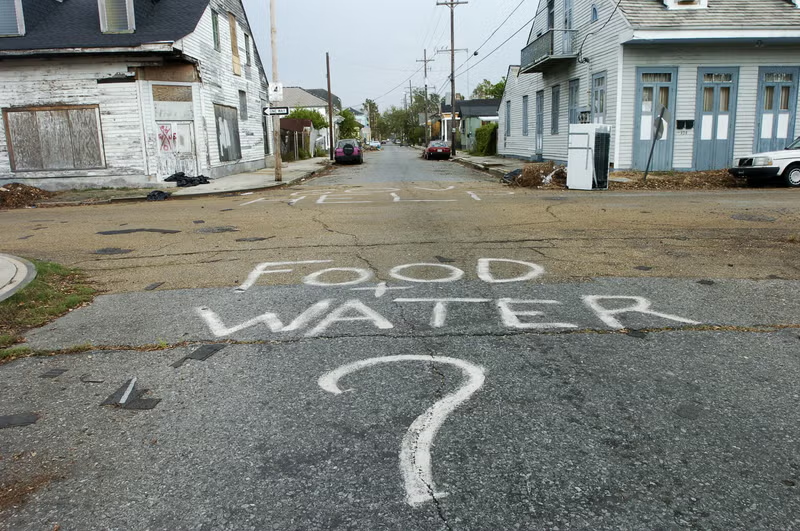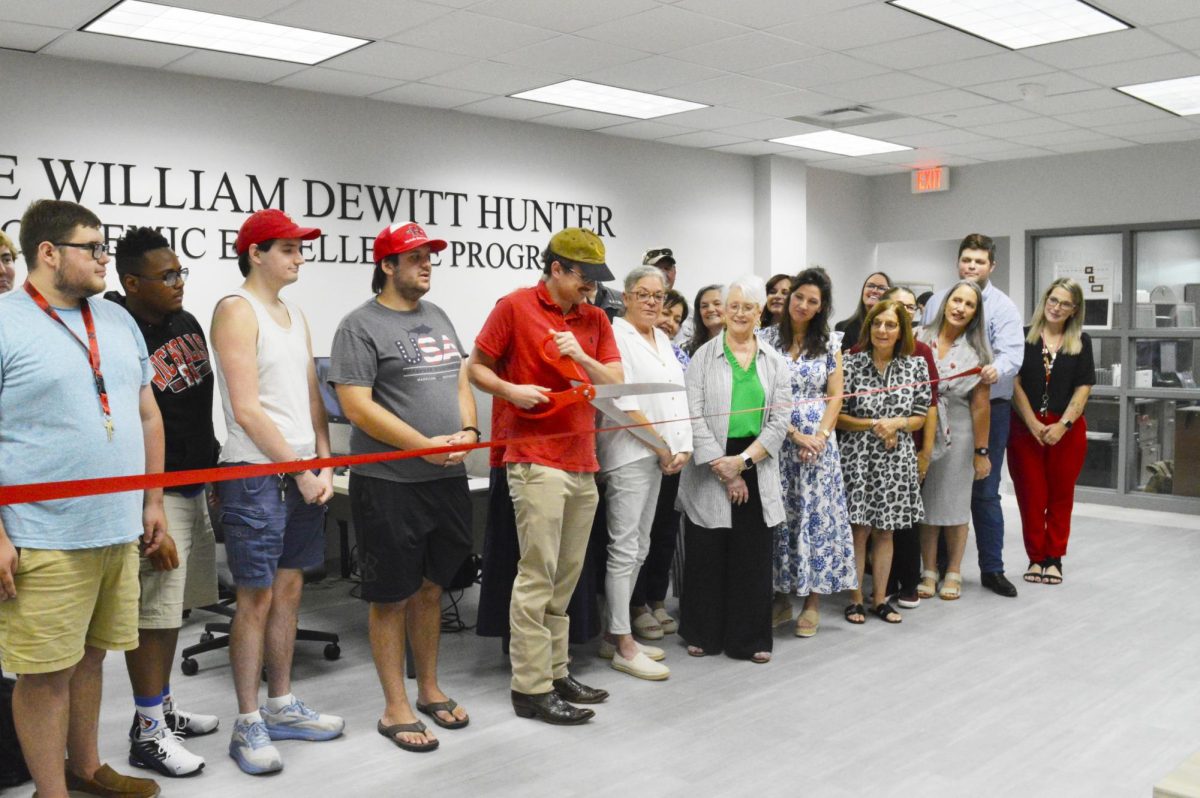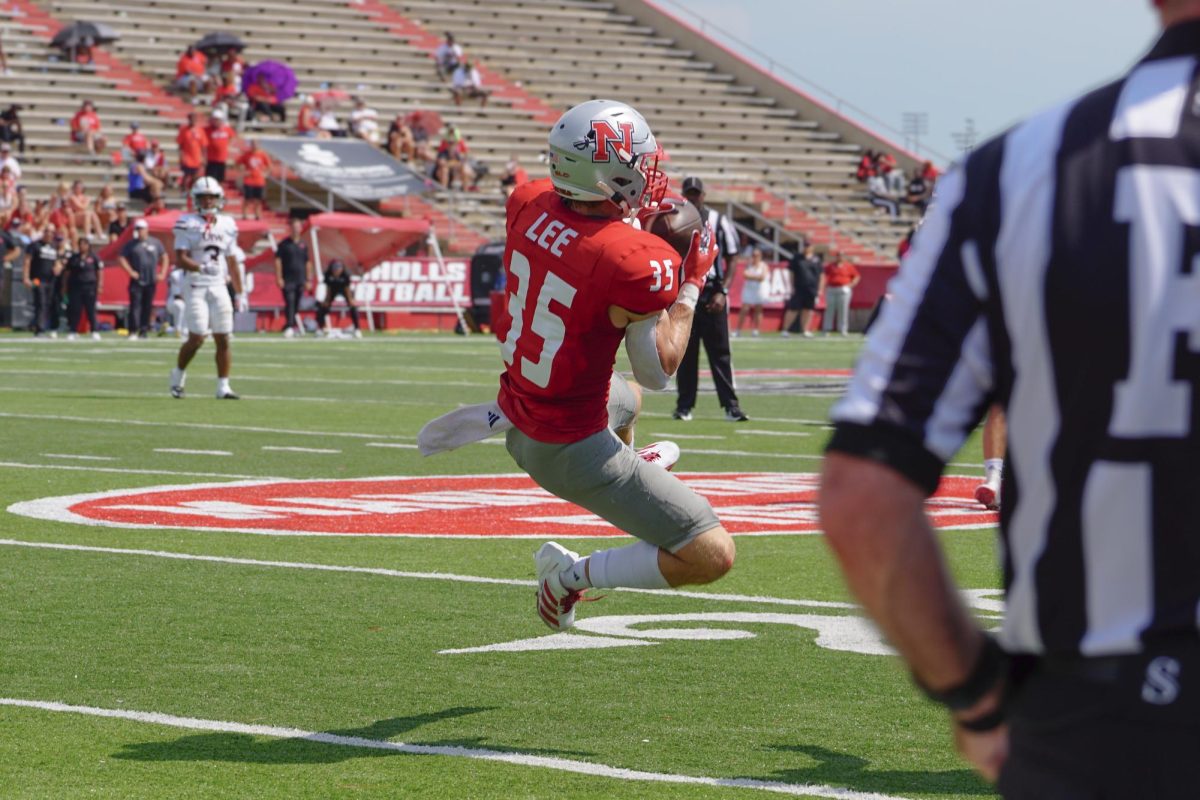Coffee. It’s not what most people think it is. Coffee beans are not beans at all, but the seeds of coffee cherries, which are the fruit of coffee trees. The mass drinking of coffee is not a new fad, but one that has existed for more than 1,000 years.
The earliest records of coffee fanatics can be found prior to 1000 A.D. when members of the Galla tribe in Ethiopia noticed that they got an energy boost when they ate a certain type of berry. Instead of roasting the beans, they ground them and ate them in animal fat.
The first coffeehouse, called Kiva Han, was introduced in Constantinople in 1475. But the Turks went one step farther with their love for coffee. Turkish law made it legal for a woman to divorce her husband if he failed to provide her with a daily quota of coffee.
Most people are not aware of this, but beer used to be New York City’s favorite breakfast drink. Well, not after 1668. Coffee soon replaced the early morning beer blitz enjoyed by colonists. (I’m glad that decision to quit drinking beer early in the morning was made before they wrote the Constitution. I would hate to have a bunch of drunk guys writing the rules for our nation.)
Johann Sebastian Bach even composed an ode to coffee, “Kaffee Kantate.” It concludes with the lines “Ah! How sweet coffee tastes. Lovelier than a thousand kisses, sweeter far than muscatel wine. I must have my coffee.”
The early revolutionists in America made coffee a staple in American life with the Boston Tea Party. What the Sons of Liberty did not realize was that once they threw all the tea over the sides of the boats, colonists would want something else to drink – that something became coffee, quickly a revolutionary favorite.
In 1971, Starbucks opened its first store in Pike Place public market. Buying coffee would never be the same.
Whether a coffee lover prefers caf latte or cappuccino, variations of coffee can be found from the nearby gas station to coffee specialty shops.
Most coffee is grown from three Equatorial regions, the Pacific, the Americas and Africa and Arabia.
Coffee is roasted at more than 400 degree Farenheit. After five minutes of roasting, the bright green and teal coffee beans fade into yellow, eventually turning brown.
After about nine minutes, the beans look ruined, and they make loud popping noises as air and gass release from inside the beans.
At approximately 15 minutes, the coffee beans are done roasting, and are allowed to cool.
Sometimes, the difference in just an additional second of roasting time can make coffee an excellent brew or a wasted effort.
The taste of coffee often depends on how the coffee is brewed. Good tasting coffee starts with fresh, cold water. If tap water tastes bad, use bottled or filtered water.
Always use the correct grind for coffee. For press pots, beans should be ground for about 10 seconds in a blade grinder, but for electric brewers, beans must be ground longer, about 15 – 20 seconds.
Measuring the amount of coffee is possibly the most important step in the at-home-coffee-making process. No one likes coffee too strong or too weak.
Use two tablespoons of ground coffee for six ounces of water. Coffee strength can be adjusted after brewing by adding additional hot water from a kettle.
Brewed coffee should be kept on a burner for no more than 20 minutes. After that, coffee flavor becomes bitter. Reheating coffee only makes the taste worse. Just throw out old coffee and brew some more.
Although coffee comes in many different flavors and brews, the basics remain the same. Just mix hot water and coffee beans. Bad coffee is better than no coffe.







